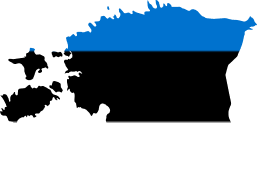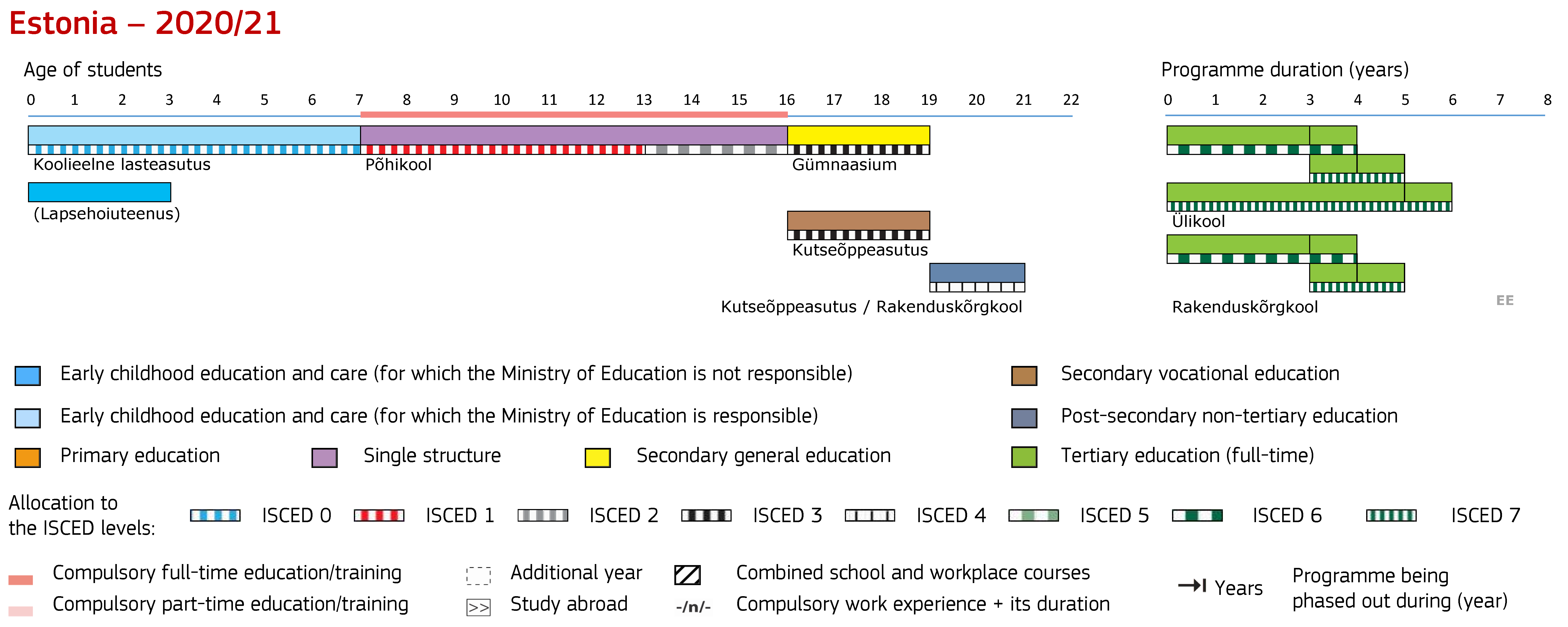Einar Rull
Einar Rull works as an analyst at the Education and Youth Board in Estonia. He got his computer programmer certificate in year 1974 in secondary school Nõo and studied later Mathematics and Pedagogy in Tartu University (Cum Laude). After university he run an automated learning class in Tallinn Technical University in Chair of Higher Mathematics, which digitally assessed students’ learning in 1980-s. Working in Ministry of Foreign Affairs in 1990-s he was early adopter of Internet and published government information materials in Usenet newsgroups earlier than it was done by White House in Washington, which was later mentioned in Bill Clinton speech.
Thank to success, what appeared in using Internet to mobilise foreign Estonian communities in re-establishment of independence, Estonian Ambassador in USA (later President), Toomas Hendrik Ilves announced in 1995 the idea of quick and massive internetisation of schools and teaching of ICT skills to everybody (Tiger Leap Programme).
In Education and Youth Board Einar Rull has been involved in development of electronic assessment bank (EIS) and has presented about it on numerous international conferences in Finland, Norway, Georgia and Latvia. He has welcomed numerous foreign delegations in Education and Youth Board, shared the Estonian PISA success story and discussed about the development of digital literacy and application of digital technology in Estonian schools.








